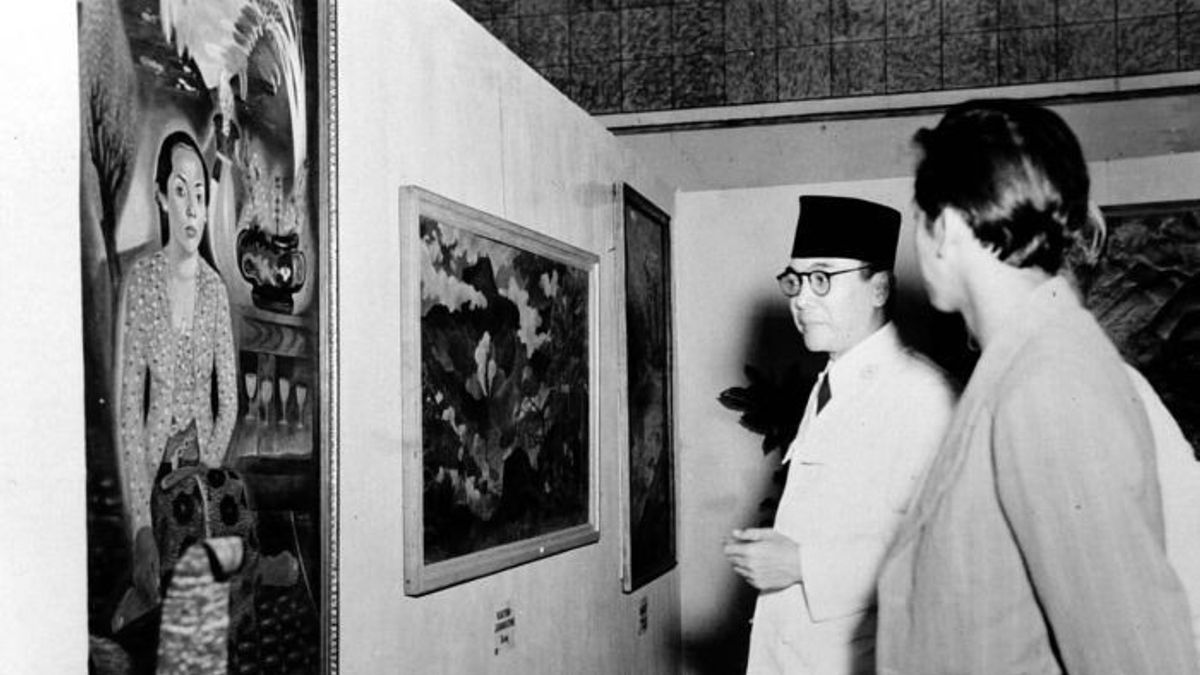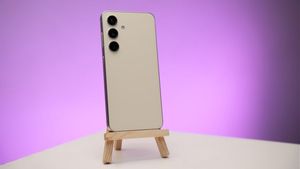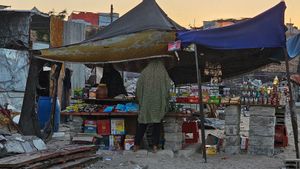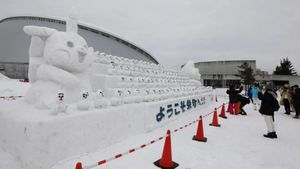JAKARTA - Soekarno's love for art is very deep. In painting, for example. Bung Karno is not only known as a skilled painter, but he is also famous as a collector of paintings. He had plenty of time to study, enjoy, and collect paintings from all over the country. For him, painting can show the identity of Indonesia: a great nation. Therefore, the State Palace is sometimes filled with a collection of his paintings to welcome guests. Some of them are Bung Karno's personal paintings.
Soekarno grew up as a very loving human being. He can fall in love with anything. Mainly art. Even his love of art exceeds his love of himself. For that matter, Bung Karno often revealed at every opportunity that the artistic blood in his blood was too much.
Bung Karno began to transform into a devotee of art since childhood: the age of seven years. when his children were still busy playing, Bung Karno had a passion for art. Puppet arts especially. His passion for wayang then led him to many things. Starting from drawing puppets, reading wayang books, to watching wayang all night long.

It was this activity that kept his spirit alive. His love of art also led him to dream of becoming an architect. Technische Hoogeschool te Bandoeng (now: Bandung Institute of Technology) became his port of study. He also met a professor who fully supported him. Charles Prosper Wolff Schoemaker, his name.
They both love art and of course women. His passion for art was burning. He also began to paint with direct mentorship by Schoemaker. Even painting activities became increasingly popular when Soekarno was exiled to Ende, Flores in 1934.
“I know Kusno (Bung Karno's nickname) loves art. However, it was only on this occasion when I was in Ende that I saw that he used quite a lot of time for it. Now he likes to paint. Or should I say, he was trying to paint, trying hard to paint."
“Once he painted four Balinese women who were laying offerings at the temple. At other times, he paints the coast and the sea. On another occasion, he painted the rolling waves. I understand, his heart may be rebelling, becoming. like a rolling wave. In such a situation, I have to be good at helping him, comforting him, calming his raging heart," said Inggit Garnasih as written by Ramadhan KH in the book Kuantar to the Gate: Inggit's Love Story with Sukarno (1988).
Painting ShowNo one doubts the greatness of Bung Karno's brush strokes. He is good at painting. Likewise in finding the object of the painting. That skill made his painting instinct sharp. Bung Karno's greatness in painting often invites admiration. However, his passion for painting made him also act as a painting collector.
His hobby of collecting paintings began when he served as the number one person in Indonesia. He is also the only Indonesian leader who regularly visits studios owned by famous Indonesian artists. He came with the intention of buying a painting. Some are paid directly, some are bought on credit.
His collection of paintings is huge. The total paintings owned by Soekarno reached 2000 paintings. That too from 250 painters. Whenever there is a big celebration at the State Palace (Istana Merdeka, Bogor Palace, or State Palace) Soekarno always decorates the walls of the banquet room with paintings from his collection.

Soekarno deliberately exhibited his collection of paintings. There is a purpose behind it. Among other things, so that state guests understand Indonesia as a great nation. The practice was often successful. Many of the foreign journalists who participated in the coverage said they were amazed.
They sometimes make the paintings of Bung Karno's collection part of the news. In exhibiting his collection of paintings, Bung Karno also often slipped his personal paintings. For example, at the welcoming ceremony for the leader of the Soviet Union, Nikita Khrushchev at the Merdeka Palace in 1960.
“This is a detail that western journalists see and include in the stories they write. The news came alive. when covering the state banquet at the Merdeka Palace on the first day of Khrushchev's arrival, a western journalist used some detailed material."

"That is, Soekarno has issued 14 paintings from his personal collection to be used as decorations in the banquet room. Then he added the protocol-officer's statement that some of the paintings were made by Sukarno himself. Details like this add to the appeal of a news story and then it is read with great interest,” concluded Rosihan Anwar in the book “Petite Histoire” Indonesia Small History Volume 2 (2014).
The English, Chinese, Japanese, Arabic, and French versions are automatically generated by the AI. So there may still be inaccuracies in translating, please always see Indonesian as our main language. (system supported by DigitalSiber.id)













